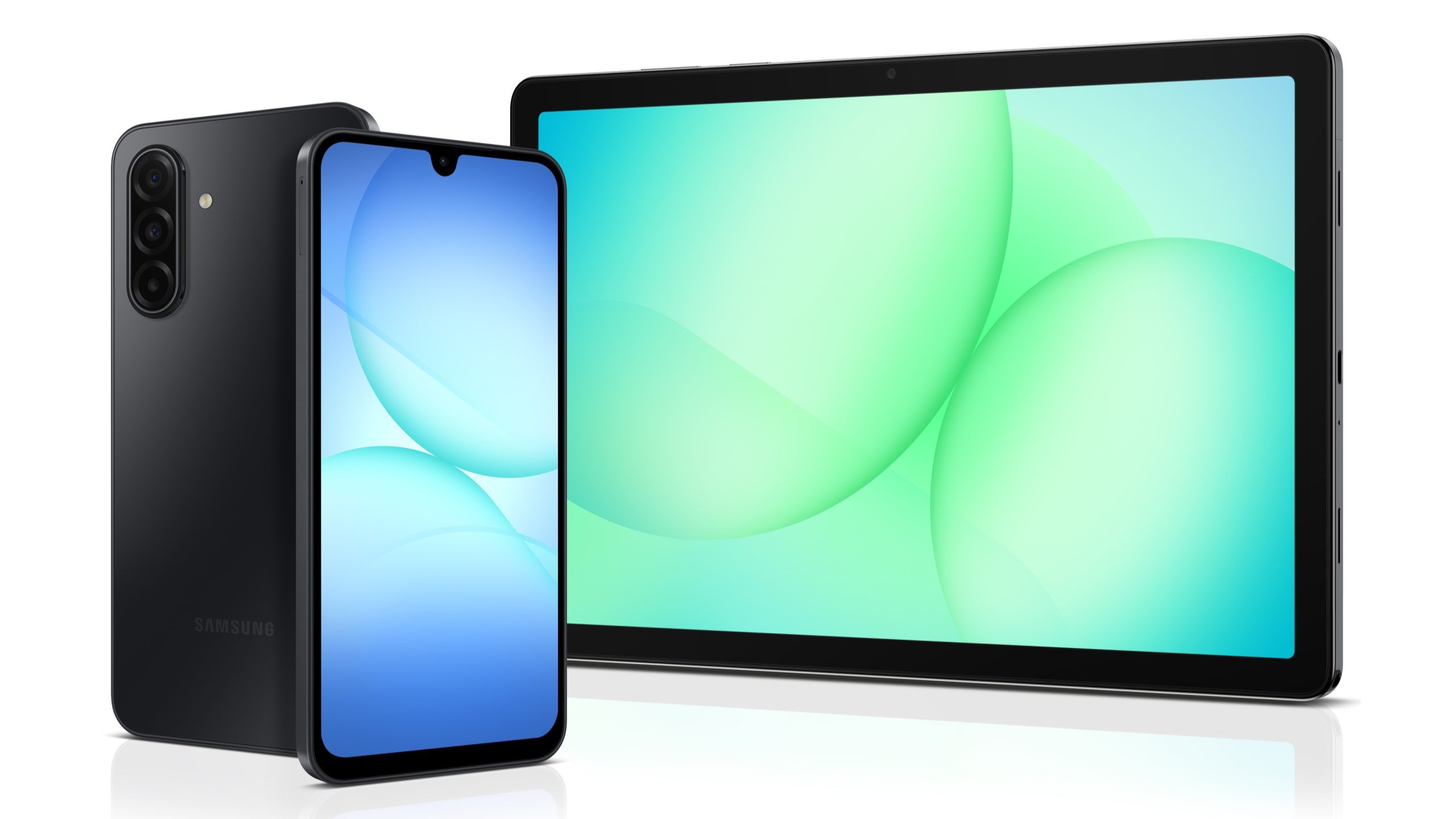It's the end of an era as the Galaxy Watch 8 doesn't support quick-release bands anymore
Samsung quietly removed backwards compatibility for older Galaxy Watch bands.
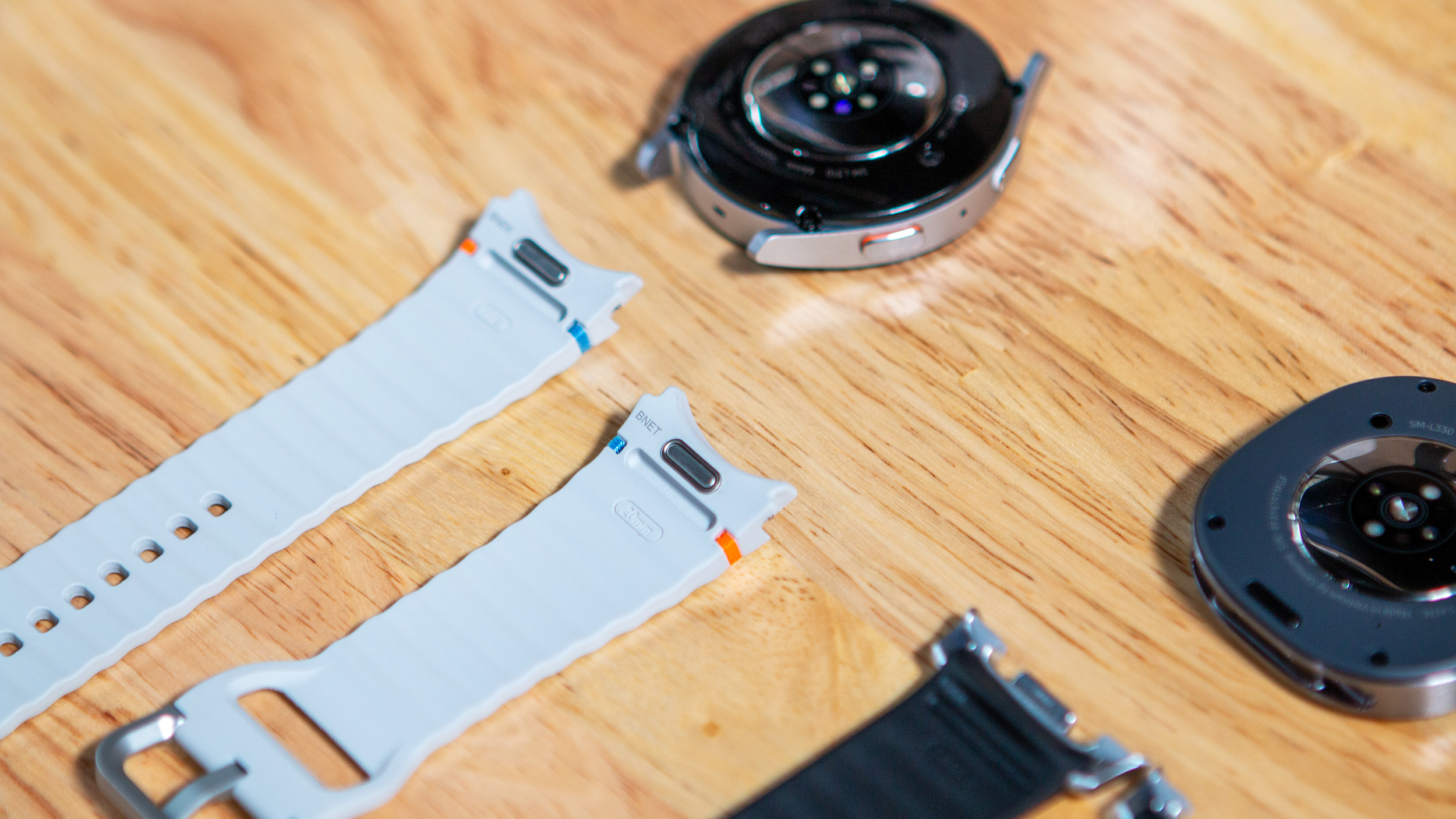

Join Namerah Saud Fatmi as she explores the cool, quirky, and sometimes downright odd world of smartphone accessories, gadgets, and other nerdy toys every week.
The Galaxy Watch 8 and Watch 8 Classic have arrived with much gusto. As Samsung parades its latest wearables around, showing off their fitness and health tracking prowess, band compatibility hasn't been discussed much.
One of the things that I loved about Samsung Galaxy Watch models was the use of standard quick-release connectors for their bands. Until the Galaxy Watch 7, you could use bands compatible with all generations, dating back to the Watch 4, Watch 3, or even the OG Galaxy Watch, allowing for seamless interchangeability across all generations leading up to the Watch 7. This was a huge advantage as it opened the door to countless options.
Disappointingly, the Galaxy Watch 8 and Watch 8 Classic no longer use quick-release connectors. I'm really upset about it.
What purpose does this move serve?
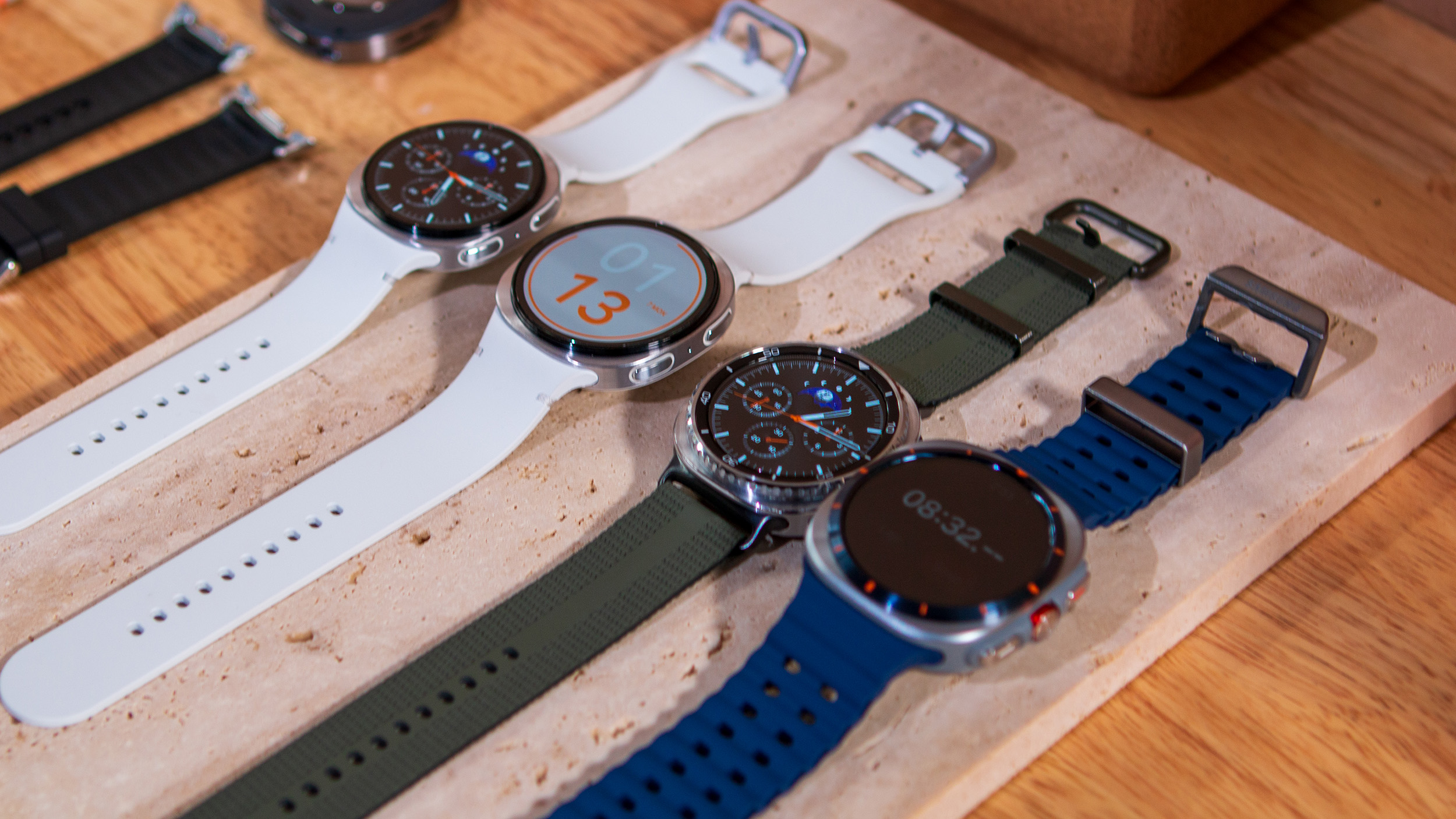
Samsung isn't the only smartwatch maker that favors proprietary connectors. Google does the same with its Pixel Watch family. But the difference is, Google has always done it that way. Additionally, all Pixel Watch models can use interchangeable bands, as they all utilize the same connector. It presents a unified front and solidifies the Pixel Watch brand.
But I don't understand why Samsung would move away from quick-release bands after seven generations of smartwatches. Being able to use standard bands designed for another Galaxy Watch on any other model made it more cost-effective to buy a Samsung wearable. You could hold on to your old bands and reuse them, or buy previously released straps that tend to be cheaper than newly released ones. Upcycling older bands for new smartwatches is also a more sustainable approach.
According to Samsung, the change was made so the Galaxy Watch 8 and Watch 8 Classic could sit flatter on the wrist. However, I am not sure if this small design change was worth trading in quick-release connectors. Do the benefits of a flatter fit outweigh the advantages of universal strap compatibility?
It's a change that no one really asked for, and yet, Samsung felt the need to lose what was arguably one of the best features of its wearables.
Get the latest news from Android Central, your trusted companion in the world of Android
Is the new Dynamic Lug System better than quick-release connectors?
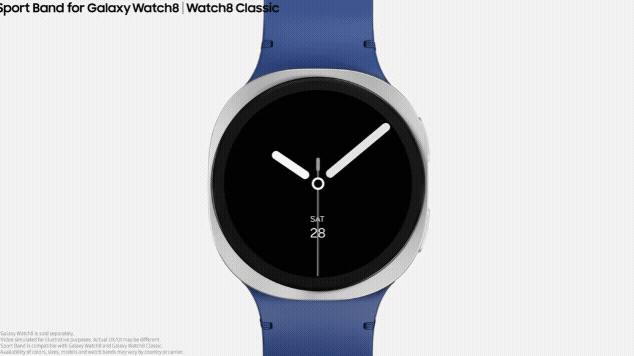
With the Dynamic Lug System, you click one button and the entire Galaxy Watch 8 band pops off. Plugging a strap back in is very straightforward. You simply align the connectors and push the band in. It clicks into place swiftly. It's very much like the connectors on the Samsung Galaxy One-Click Watch bands that we've seen before.
Admittedly, the new Dynamic Lug System is quicker than quick-release pins, but there was nothing explicitly wrong with the quick-release connectors to begin with. I suppose speed matters to a lot of people, but it's only a few seconds' difference either way. Besides the flatter fit, I don't think the time difference in swapping out bands justifies such a major shift either.
I value backwards compatibility and the use of an industry standard a lot more than quicker band swap time or a thinner wearable.
It's not just Samsung users who will be effected by this
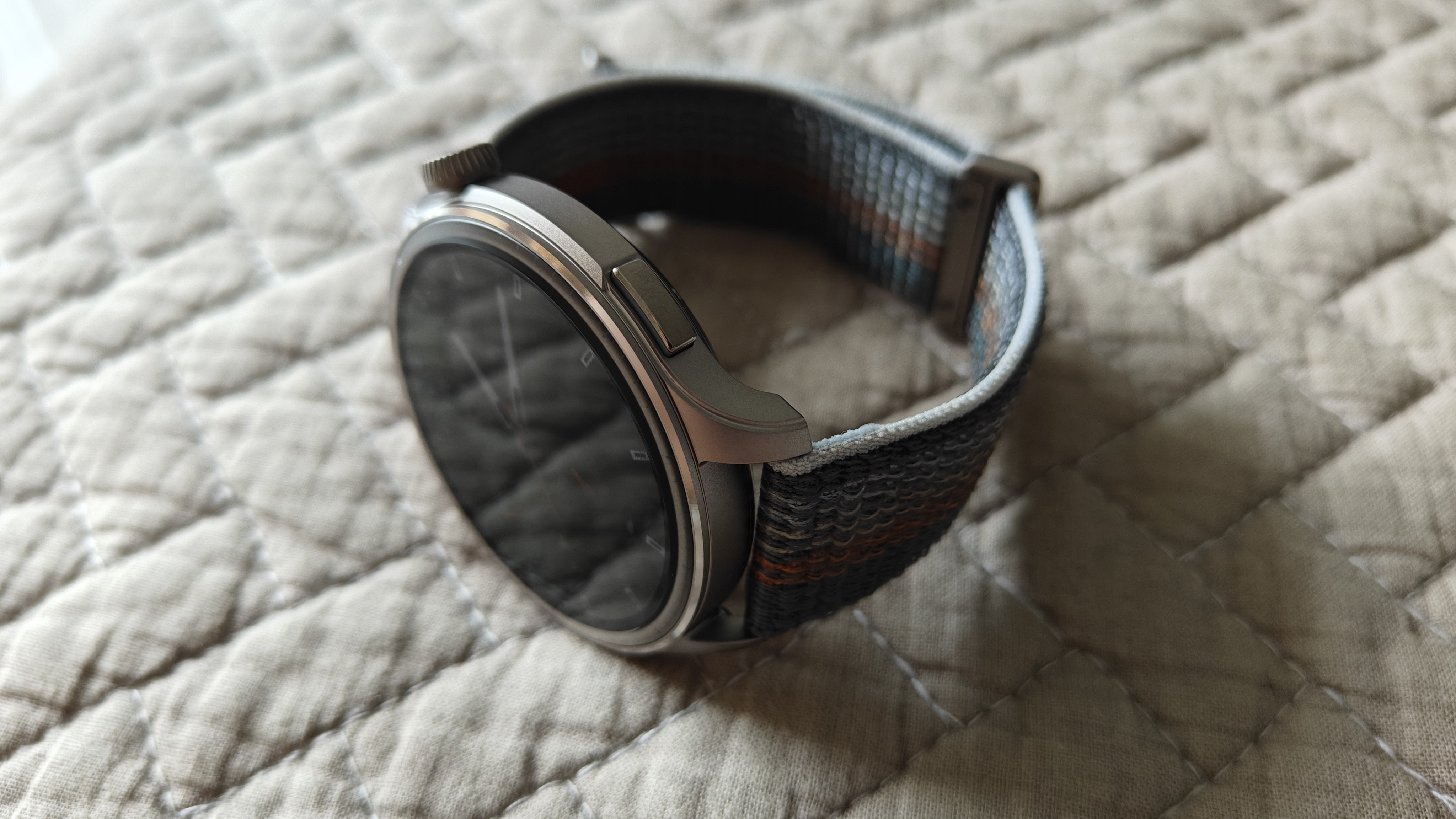
Samsung is a big slice of the wearable pie. Many quick-release 20mm and 22mm bands are marketed or designed specifically for Samsung Galaxy Watch models, but because they use standardized pins, they can also be used by many other smartwatches. This is why this shift also affects other brands as well.
OnePlus, Amazfit, Garmin, Withings, and Xiaomi smartwatches all use the standard 22mm or 20mm quick-release bands that the last seven generations of Galaxy Watches used.
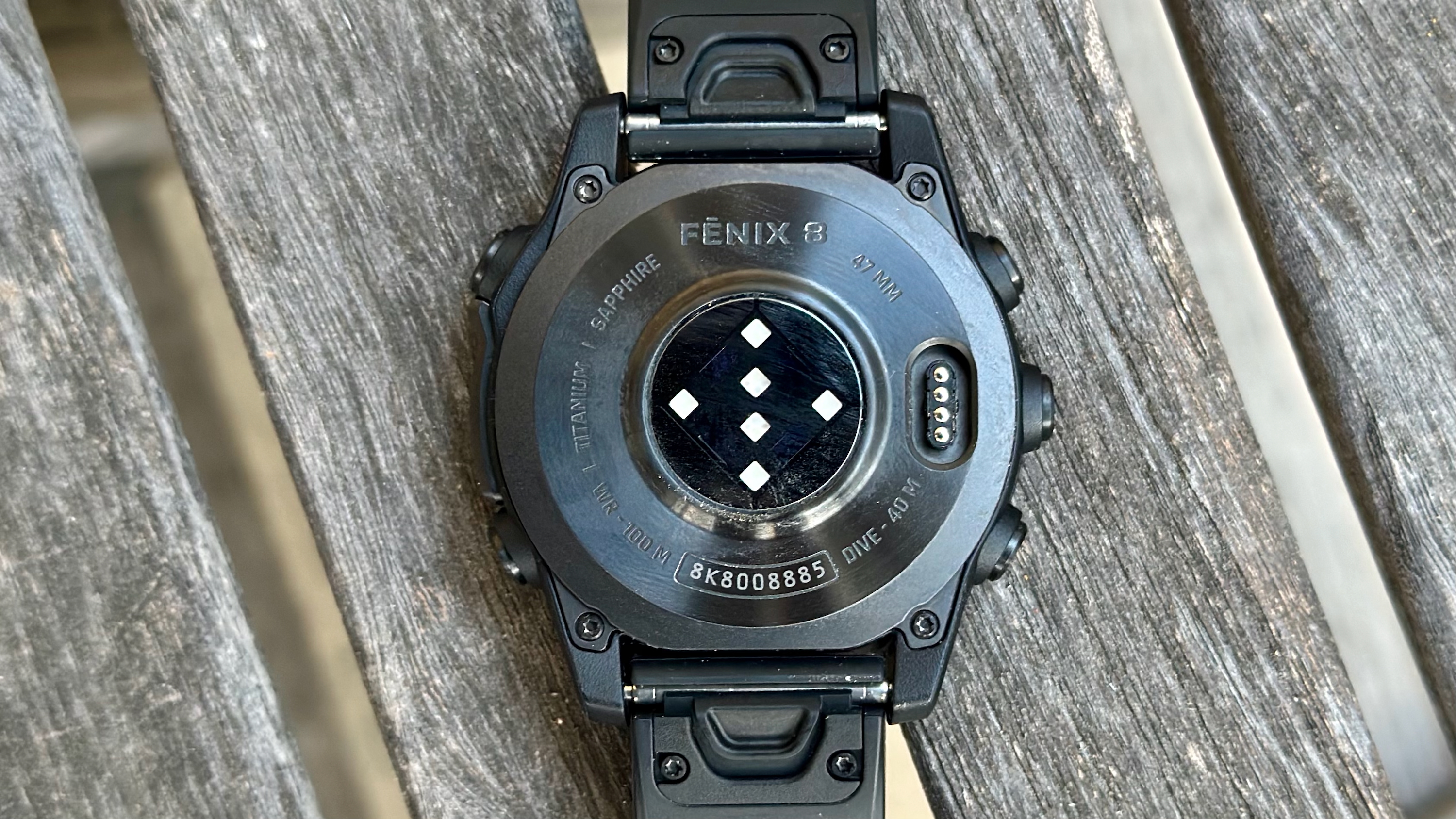
You could easily use a nice Amazfit band on your Galaxy Watch or vice versa. Everyone was happy. Either way, both sides profited from this arrangement.
Now that Samsung has moved on to a new system, consumers won't be able to enjoy as wide a pool when buying smartwatch bands. As usual, it's the consumers like me and you who lose in the end.
And what can be done about this? The brutal truth is there's not much to do besides complaining and hoping for a better future. Maybe Samsung will revert to quick-release pins with the Galaxy Watch 9, but I'm not counting on it. For now, we just have to accept it as is or buy older Galaxy wearables if this is a deal breaker.
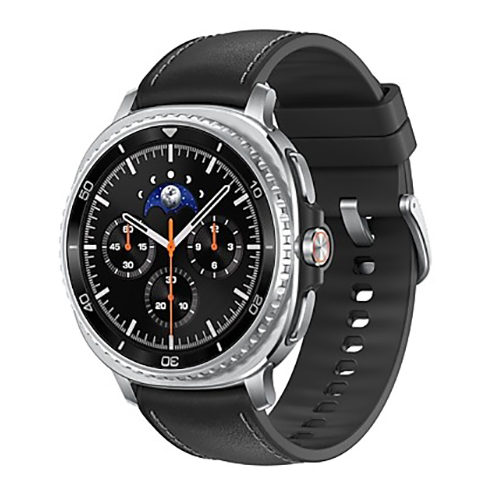
Switching things up
Like it or not, the Samsung Galaxy Watch 8 Classic ditches the standard quick-release bands for Samsung's proprietary Dynamic Lug ones. If you don't mind this change, it's a thing of beauty with powerful specs, intuitive software, and comprehensive fitness and health tracking features baked in.

Namerah enjoys geeking out over accessories, gadgets, and all sorts of smart tech. She spends her time guzzling coffee, writing, casual gaming, and cuddling with her furry best friends. Find her on Twitter @NamerahS.
You must confirm your public display name before commenting
Please logout and then login again, you will then be prompted to enter your display name.
